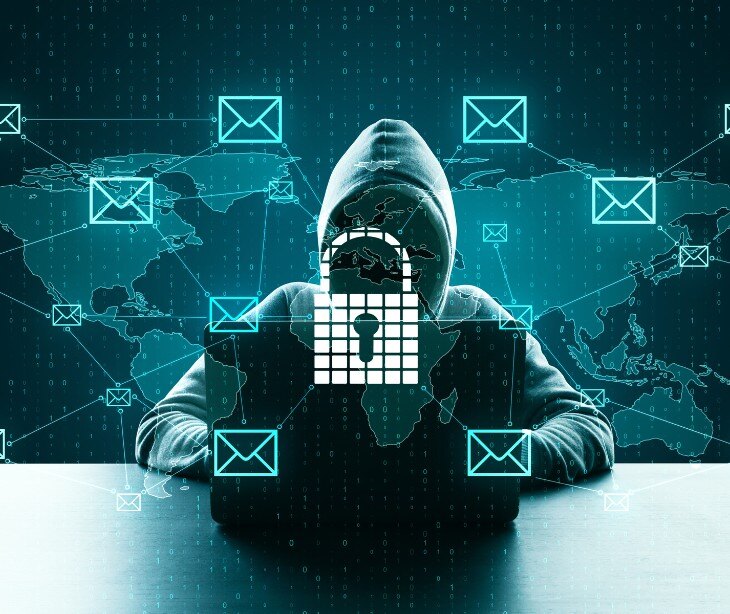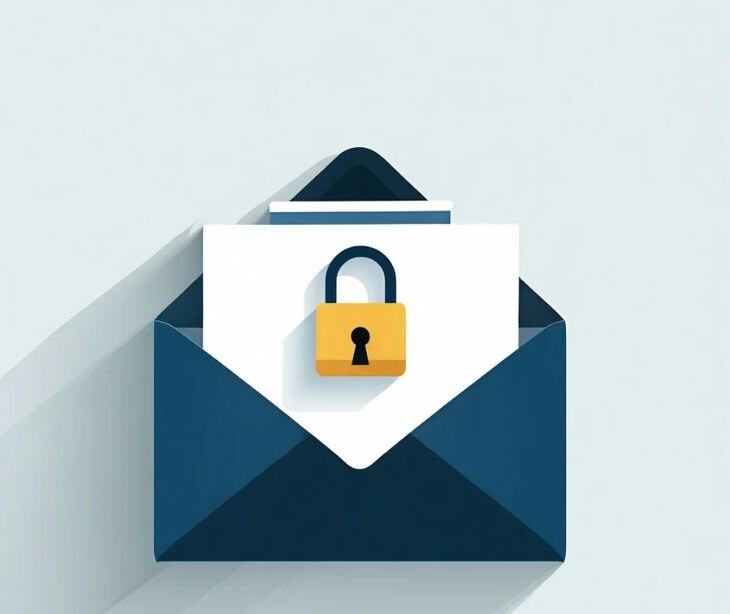%20-%202024-11-15T133420.579.jpg)
Threat actors often choose to exploit the most commonly accessed and least protected points of entry into the networks of the organizations they target. Destructive malware takes a similar approach, entering the organization's server through email and targeting the most valuable sources of information they possess.
What is destructive malware?
Destructive malware is a malicious code designed to damage or destroy data that is needed by an organization to maintain daily operations. A CISA blog post states, “The malware can target a large scope of systems and can execute across multiple systems throughout a network. As a result, organizations need to assess their environment for atypical channels for malware delivery and/or propagation throughout their systems.” The malware is spread through common distribution channels like email worms, Trojan horses from websites, and virus-infected files downloaded through peer-to-peer file sharing.
How it works
- Destructive malware is malicious software designed to damage or delete data.
- It spreads through email, websites, or infected file-sharing programs.
- It targets vulnerabilities in systems to gain access without being detected.
- Once inside, it can spread across a network to damage multiple systems.
- The malware can delete or corrupt data.
- It can also interfere with network devices and applications.
- The malware exploits weaknesses found in patch management, backup systems, and email.
- It can bypass security measures to cause maximum disruption to an organization.
Protecting the main entry way for malware
HIPAA compliant email platforms like Paubox are designed with complete compliance in mind. Paubox scans all incoming and outgoing emails for malware, stopping potential threats. Every email sent is encrypted, preventing threat actors from accessing sensitive protected health information (PHI). Through the delivery of encrypted safe emails directly to the recipient inbox, Paubox eliminates the need for vulnerable email portals, reducing the risk of malware attacks completely so that one of the primary entry points remains protected.
FAQs
When isn’t patient consent not necessary?
Patient consent is not necessary when required by law.
What is phishing?
A type of cyberattack where malicious actors impersonate legitimate entities to trick individuals into revealing sensitive information.



%20effort.jpg)
